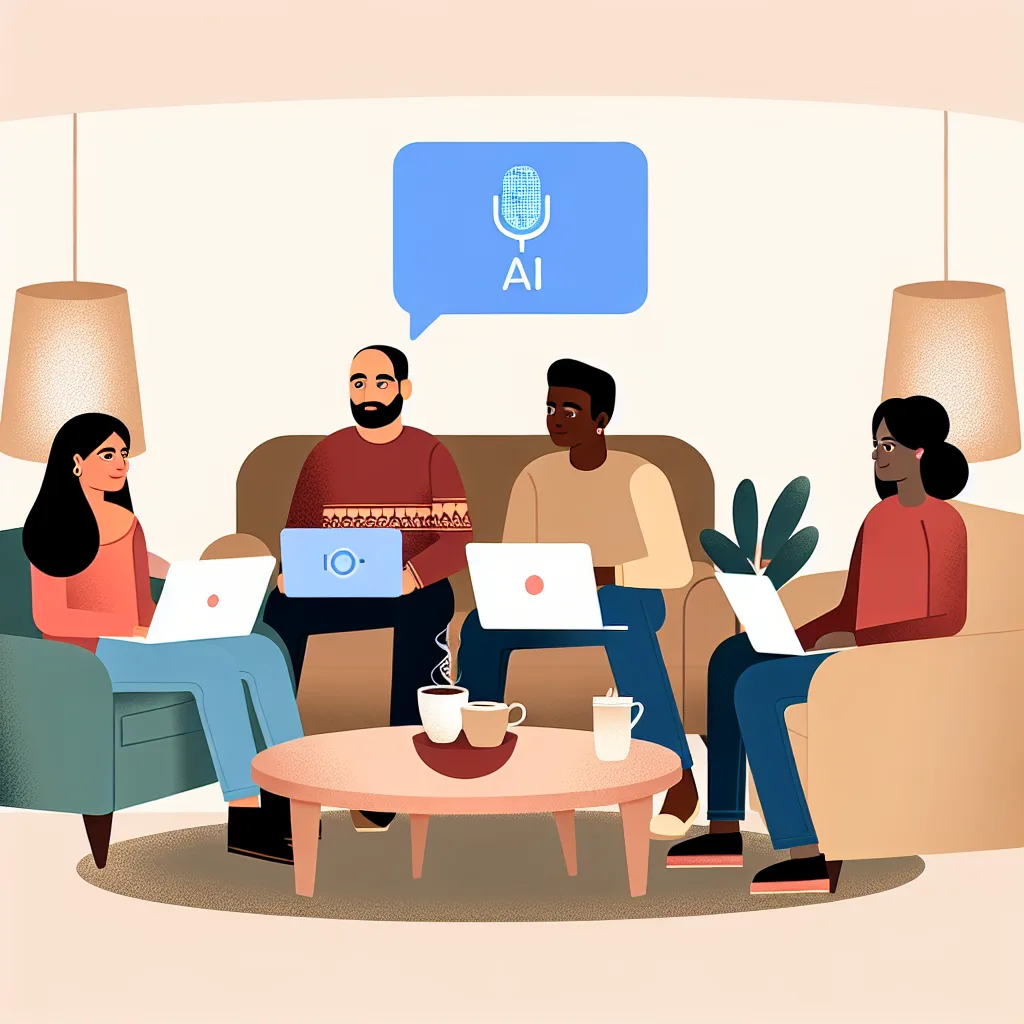Understanding the Real Skills Behind AI and Why You Don’t Need to Fear Missing Out
If you’ve been paying attention to the buzz around artificial intelligence, you’ve probably heard the phrase “embrace AI or get left behind” thrown around a lot lately. But what does “get left behind” really mean in this context? Is AI some mysterious tech force that demands we all become experts overnight? Let’s talk this through and see what skills actually matter when it comes to using AI—and why you don’t need to panic.
What Does “Get Left Behind” Mean?
The phrase “get left behind” often implies a big shift—like when a new technology changes the way we think and work so drastically that if you don’t keep up, catching up later becomes almost impossible. This is what people refer to as a paradigm shift. AI is certainly transformative; it’s reshaping industries and our daily lives. But does this mean you have to master complex coding or build your own AI models to stay relevant? Not really.
The Complex AI Skills Most People Don’t Need
Building AI models from scratch is super technical and usually expensive. Most people won’t be doing this, nor will the majority of developers. Instead, some experts fine-tune pre-trained models or create what are called “wrappers” — tools that connect AI models to other software.
These skills are specialized. They play a big role if you’re working in AI development, but they’re not expected from the general workforce. So, if you’re not a developer or AI specialist, you’re not missing out on these.
Using AI: The Skill Everyone Can Learn
The real “skill” in question is simply using AI. This mainly means interacting with AI tools—like chatbots or AI-powered assistants—through prompts. Prompting is basically asking AI questions or giving it commands. Sounds straightforward, right?
Learning to prompt is, at its core, a communication skill. You quickly learn what an AI can and can’t do by trying it out. If you don’t get what you want the first time, you tweak your prompt a bit. This back-and-forth is pretty quick to pick up. Anyone can do it.
Some people talk about “agentic AI,” where AI tools can perform more complex tasks, holding onto context and managing workflows. This sounds fancy, but it still comes down to advanced prompting—just organized differently. A basic knowledge of command-line interfaces (CLI) or simple developer tools might help, but this is still pretty niche and technical.
How Important is Prompting Really?
There’s been a lot of talk about “prompt engineering,” but here’s the thing: as AI gets smarter, it needs less precision in prompting. Modern large language models (LLMs) understand natural language better than ever. That means you don’t need elaborate command phrasing to get useful results.
One key shift has been from strict instruction-based prompts to more reasoning-capable models, but this transition hasn’t been a massive leap for users. Prompting will likely keep getting easier as AI evolves.
So, Should You Worry About Falling Behind?
Honestly? No. Using AI doesn’t require a deep or complex skill set today. Most people can pick it up quickly, and as AI improves, the barrier to entry gets even lower.
It’s true that AI represents a new way of working and thinking, but it’s not about mastering a cryptic language or becoming a coding whiz overnight. It’s more about being curious, giving AI a try, and learning to ask the right questions. That’s a skill within everyone’s reach.
Extra Resources to Get You Started
If you want to explore AI further, here are some reliable places to check out:
– OpenAI’s Documentation for learning about how AI models work.
– Google AI Blog for the latest advancements.
– Towards Data Science for practical AI guides and tutorials.
Final Thoughts
So the next time someone says “embrace AI or get left behind,” remember: “using AI” is the skill that counts, and it’s more about exploring and interacting than coding or engineering. You don’t need to fear AI—it’s a tool everyone can learn to use. And that’s pretty empowering.
